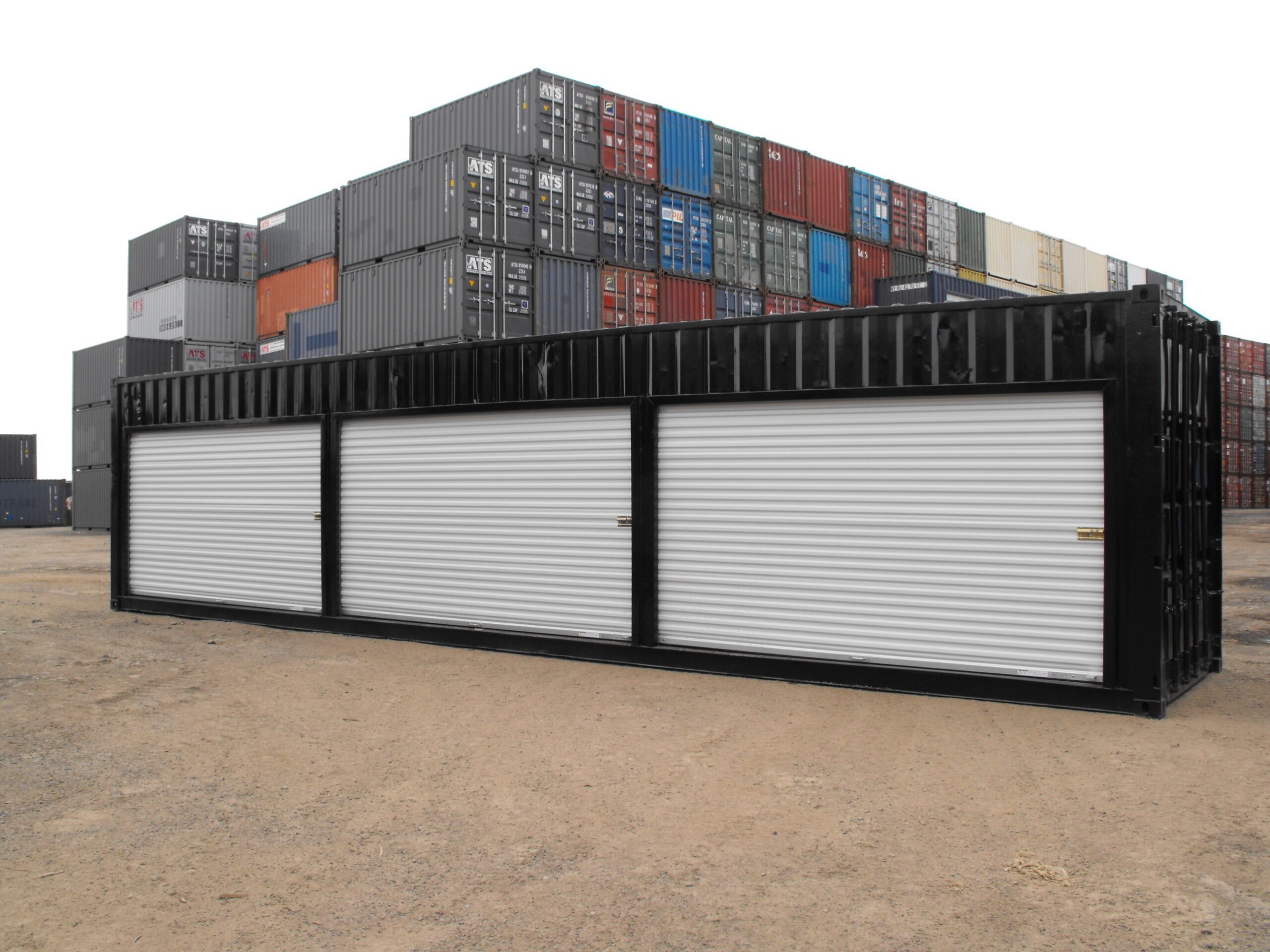No oil changes are required, but we have put together this list of recommended maintenance for prolonging the life of your shipping and storage containers. Generally, we recommend our customers to annually inspect the condition of their container and address any points that may require attention.
Modern shipping containers are built out of a material called CORTEN steel. This is a special type of steel that has anti-corrosive properties designed to drastically slow down the deterioration process of sea cans. With the application of a high-quality primer and paint on top of the steel, the life of a container is further enhanced. However, rust can still form from dents, scratches, and excessive saltwater content.
Treating rust on shipping containers is a similar process as with cars. When it appears, the best way to treat rust is to use a grinder to remove all the rust down to bare metal. Then, clean the area with something like rubbing alcohol or brake clean and apply primer and paint to seal the area. In some instances, rust may be more significant, at which point the possibility exists to cut out the affected sections of the container (unless structural) and weld in new metal pieces, again, sealing them with primer and paint.
If during your regular use you notice condensation inside the container, we recommend quickly addressing it. This can generally be fixed in a simple manner by creating more air flow. Most containers come with OEM vents but depending on your climate, larger vents can be installed to allow for better ventilation and avoid condensation from forming on the walls of the container.
Another tip that we suggest to our customers is to carefully choose the site on which their container will be placed. An uneven surface will cause the body of the container to warp over time. This is especially evident in 40’ shipping containers as they have less structural rigidity around their middle section. If the body of the container deforms, it may also impact door operation and the ability to properly open and close the container doors. Placing the container on a flat, even surface will avoid these issues.
Similarly, we recommend against storing anything on the roof of the container. Anything heavy can cause the roof to bow, including snow in the wintertime. For those in Canada or in areas with significant snowfall, it is a good idea to clean the snow off the roof of your container regularly.
Lastly, during your annual inspection, it is a good idea to lubricate all door hinges and have a look at the rubber seams around them. If the seals look worn, replace them. If the hinges look dry or squeak, add a little bit of oil.
If you follow the steps we outlined above, you should have no issues extending the lifespan of shipping and storage container. If you are unsure about anything, please don’t hesitate to contact us for more information. Our staff is available during our scheduled business hours to assist with all sales-related inquiries. Alternatively, you can email us at info@atscontainers.com.
